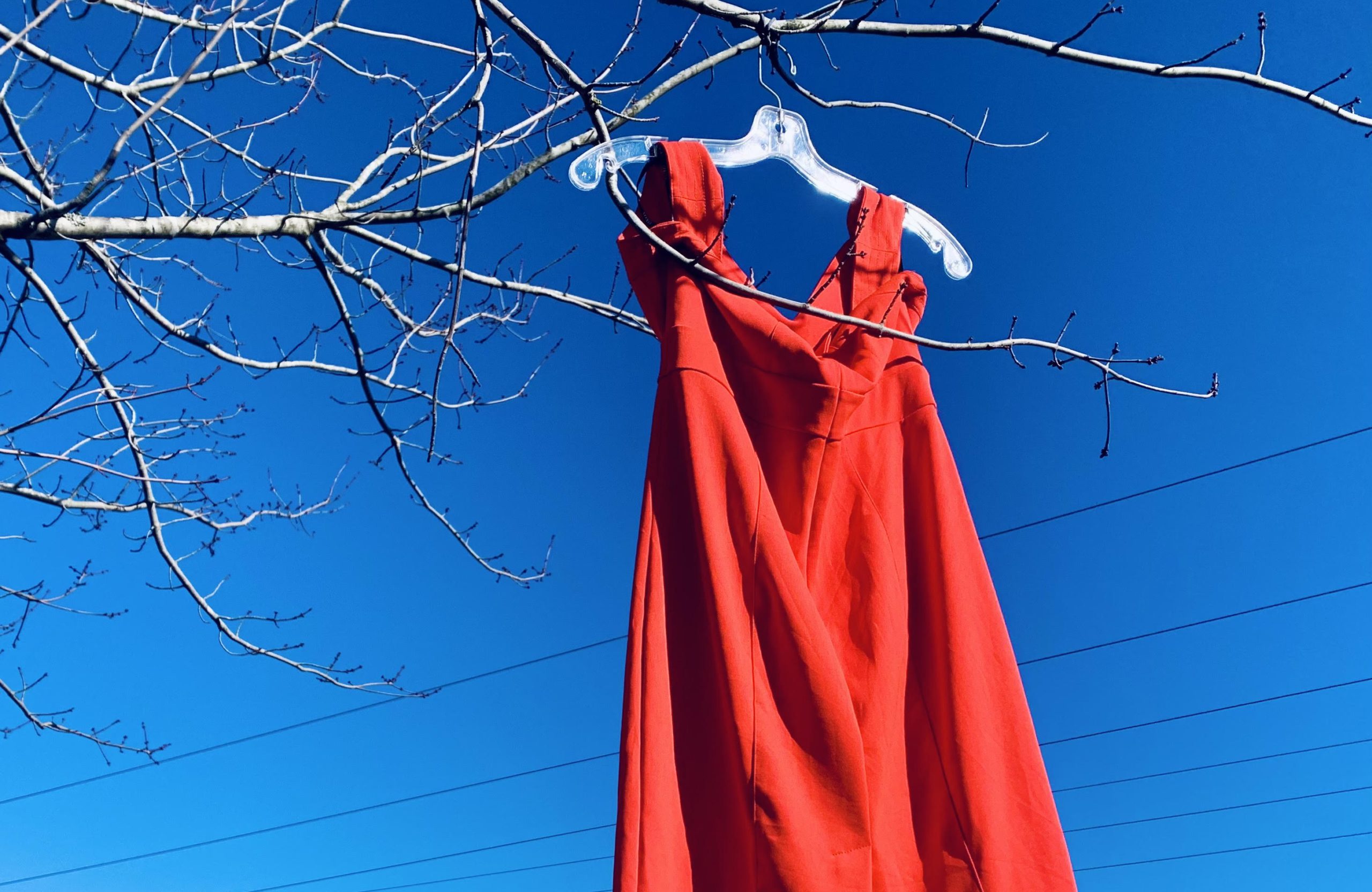The colour red is popping up all over Vancouver Island, from Victoria to Port Hardy.
For Stephanie Elickus and others, it’s a powerful colour that can represent both anger and love – two emotions that can be felt and experienced simultaneously, oftentimes by those who suffer a great loss.
With questions unanswered, families of missing and murdered Indigenous women, girls, and 2SLGBTQQIA (two-spirit, lesbian, gay, bisexual, transgender, queer, questioning, intersex, and asexual) persons continue to face a harsh reality.
The reality that their mothers, sisters, daughters and friends, the ones they once saw on a regular basis, are gone. And there’s no sign as to where they’ve vanished too, or if they’ll ever be back.
But hope remains, embodied in the red dress.
“In lots of tribes, it (the colour red) represents the only colour spirits can see in our culture,” says Elickus. “So, you know, it hopes to call them home, the ones that are still missing.”
That’s where the Red Dress Project comes in.
It’s a project that was first launched back in 2010. And, for over a decade now, it keeps growing.
Eleven years later, red dresses continue to be hung from tree branches all over Canada, including right here on the island, in an effort to raise awareness.
However, according to Campbell River’s Elickus, many still don’t know the story behind the red dress.
“I mean, I hear people saying, what’s that red dress doing hanging there,” she says. “What’s it to signify?”
It’s the question that sparked Elickus to get out there, lead the charge for the Red Dress Project in Campbell River, and hang more red dresses.
It’s also very personal. She lost her sister-in-law back in 1992, as well as her close friend, and her niece.
“So it’s really close to me,” she says. “It’s really dear to me.”
Elickus is now asking you to keep the significance in mind, and she’s hoping it will spark something within yourself as well with the issue still ongoing.
A ‘National Inquiry into Missing and Murdered Indigenous Women and Girls’ report from June 2019 found that there was no “reliable estimate of the numbers of missing and murdered Indigenous women, girls, and 2SLGBTQQIA persons in Canada.”
“It’s still happening,” Elickus says.
“The real sad thing is, the cases that are reported don’t go down as missing people, and then families aren’t strong enough to fight or speak for themselves.”
Elickus believes it’s important to speak up for people and have a strong voice. She says voices are in numbers and that we must come together.
“And then, of course, if there are people like me getting the message out as to why it’s hanging out there, and you see lots of them, it brings awareness quickly,” she says.
“It’s for people. It’s for the people of our nation, and it reaches out and touches so many different people across the country. It’s for everyone, but for us, it’s very dear.”
Elickus says the project doesn’t just revolve around women and girls though, it now extends to missing and murdered indigenous men and boys this year as well.
It’s an ongoing project, so there’s no end date.
“They’ll stay up,” Elickus says. “Some I’ve seen in the past, they’ve been there for years. But, you know, some communities and some people just hang them outside their houses and along the roads or in their communities.”
If you hang a red piece of clothing outside, Elickus wants you to take a photo and send it to her.
“I started an album on my Facebook called the ‘Red Dress Challenge Project,’ and I encourage people to hang up red. Red t-shirts, red dresses, any red if they can,” she adds.






